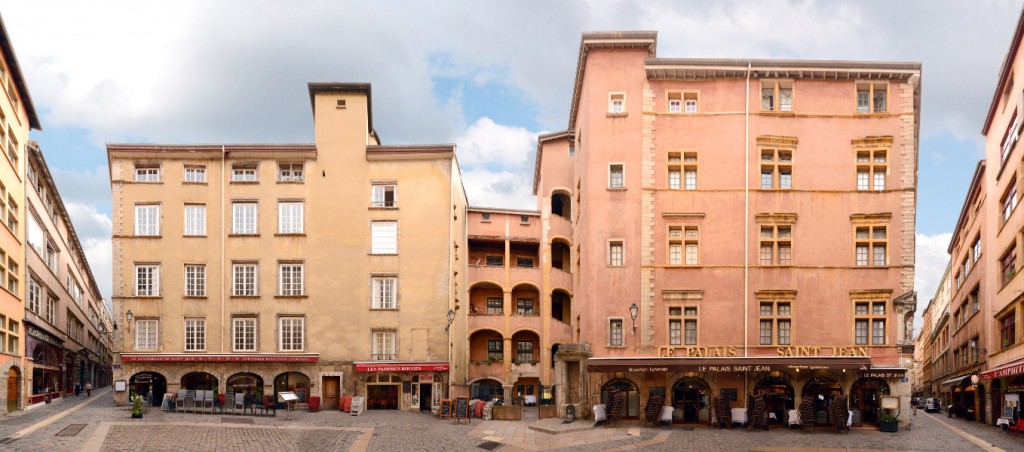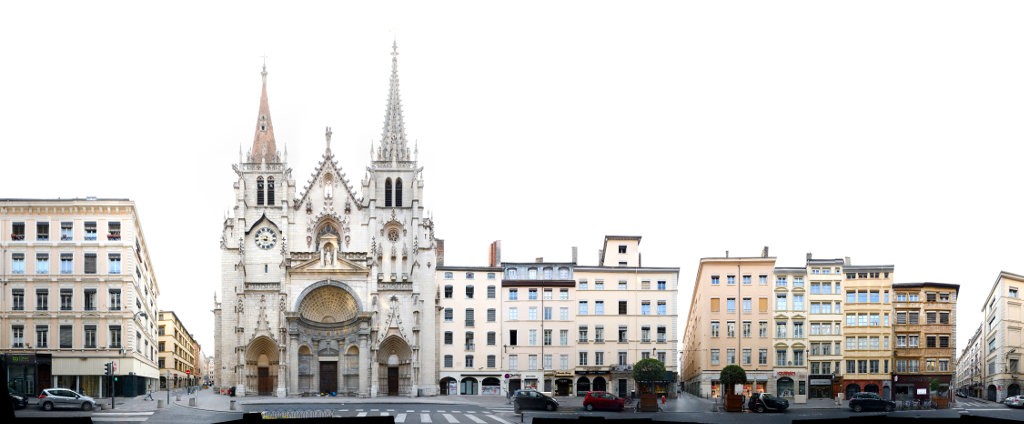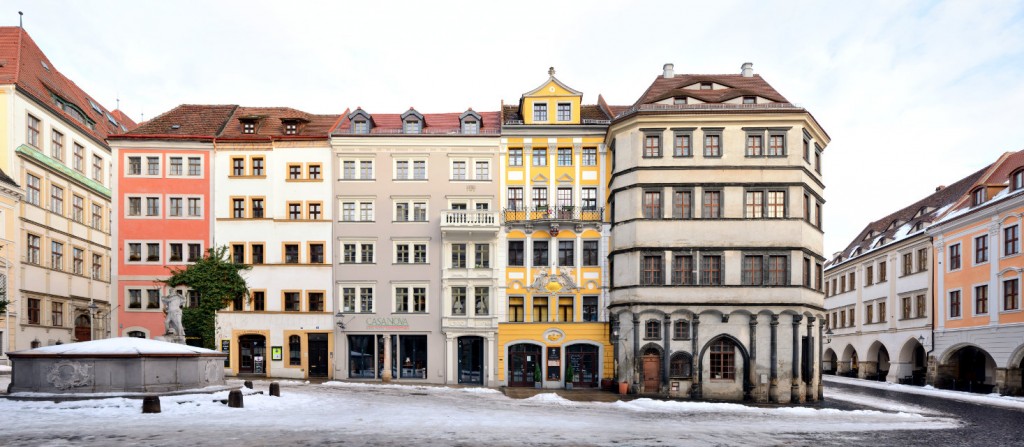Lyon [italian: Lione; old german: Leyden], founded by the Romans as Lugdunum in 43 BC, but earlier celtic settlements existed. The city lies about 300 km north of Marseille, 350 km west of Milan and about 400 km southeast of Paris. It is the 3rd largest city in France and no. 60 within the european union.
Population: 507.000 [2014] | 415.000 [1990] | 580.000 [1931] | 460.000 [1901]
Lyon is especially known for its history, its unique cityscape, its economical role in France and it is a UNESCO world heritage site. Following its roman foundation it was the Gaul capital for several centuries, before it became the centre of the Burgundian Kingdom. In 1032 it became part of the Holy Roman Empire and it wasn’t before the 14th century, that Lyon finally belonged to France. For centuries the city was the banking centre of France and the archbishop of Lyon is regarded the highest religious authority in France. Another keystone of the cities importance had been the silk trade, which resulted in the cities numerous silk workshops and a fast growth during industrialisation. Also the Lumière brother invented the cinematographe in Lyon. Today the city is a centre of commerce, of education, the major transportation hub in southern France, the seat of Interpol and the „Capital of Lights“, thanks to its annual light festival Fête des Lumières.
Here we see a part of the Rue de la Republique, the major shopping street in the centre of Lyon, running from the Place Bellecour (right edge) to the Hôtel de Ville (City Hall) further north. This section in the panorama ends at the Place de la Republique (left). The street was originally created in the 1850s with most buildings reflecting the Haussmann style of the era. Notable are the Art Deco style Cinema Pathé (with a golden rooster on top) and the former Le Progrés newspaper headquarters near the right end of the panorama.
Click for larger view:
For classic view and more infos about the place:
Find more streetline previews in our Lyon Architecture overview (german link).
Also finalized and published is this view of the Place Neuve Saint-Jean
A preview of the church Saint Nizier with the adjoining Rue de Brest on its right
Quai Fulchiron across the Saône in the Vieux Lyon quarter, with the Fourviere hill in the background
















